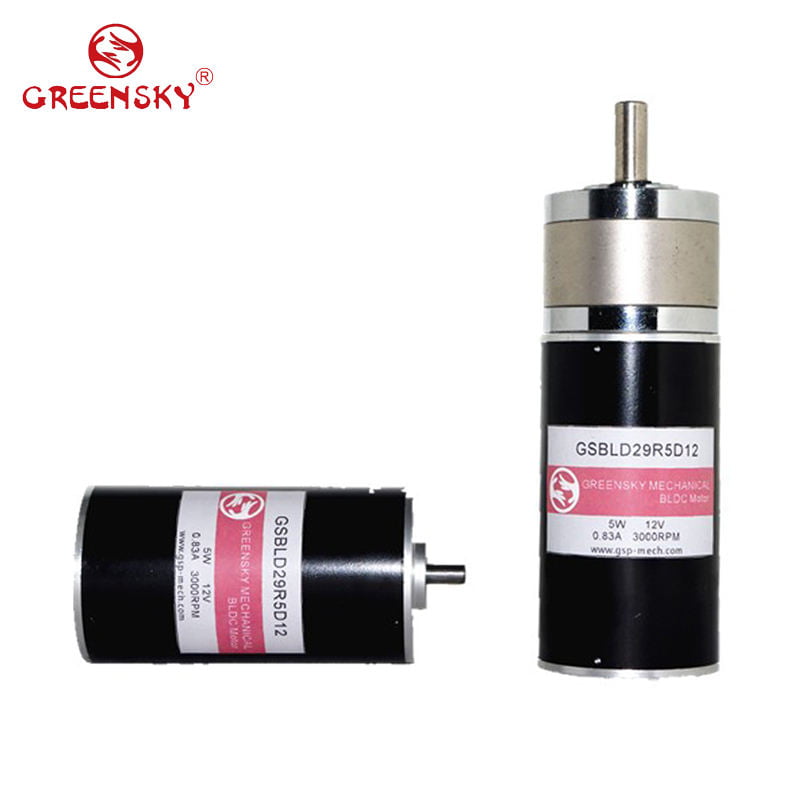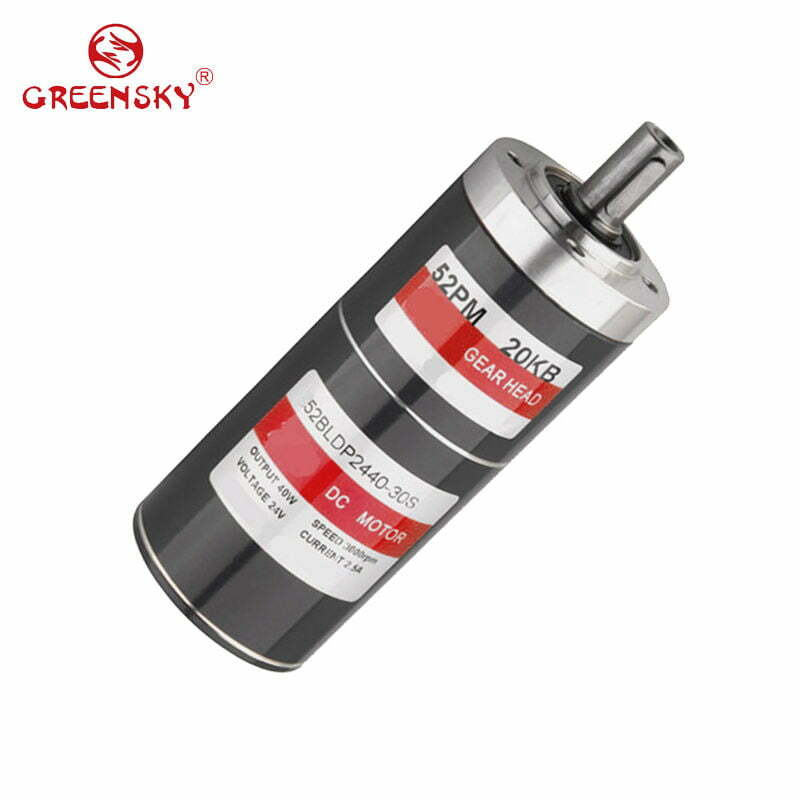Page Contents
ToggleHow much weight can a DC Motor carry?
The weight that a DC motor can carry depends on various factors such as its size, power rating, design, and efficiency. There is no single answer as it can vary widely between different motors.
For example, a small DC motor rated at a few watts may not be able to lift more than a few kilograms, while a larger motor rated at several hundred watts may be able to lift several hundred kilograms. It is important to consider the specifications and capabilities of the specific DC motor in question to determine its weight carrying capacity.

How much weight can a DC Motor with 12V 100RPM 173.6N-cm carry?
The weight that a DC motor with 12V 100RPM 173.6N-cm torque rating can carry depends on various factors such as its design, gear ratio, and the efficiency of its drive system. However, as a rough estimate, a motor with a torque rating of 173.6 N-cm (Newton-centimeters) is capable of lifting a weight of approximately 17.36 kg (38.5 lbs) at its maximum torque output, assuming 100% efficiency.
It’s worth noting that in practice, the motor’s efficiency will likely be lower than 100%, and the actual weight it can lift will be lower. It’s also important to consider the speed at which the weight is lifted and the speed limitations of the motor.
How much weight can a 12V motor lift?
The weight a 12V motor can lift depends on various factors such as its size, design, power rating, torque rating, gear ratio, and efficiency. There is no single answer, as the weight a 12V motor can lift can vary widely between different motors.
For example, a small 12V DC motor rated at a few watts may not be able to lift more than a few kilograms, while a larger 12V DC motor rated at several hundred watts may be able to lift several hundred kilograms. The specific weight-lifting capacity of a 12V motor can be determined by examining its specifications and capabilities.
It is also important to consider the speed at which the weight is lifted and the speed limitations of the motor. A 12V motor designed for low-speed, high-torque applications may be able to lift a larger weight than a high-speed, low-torque motor of the same voltage.
What are the limitations of a DC motor?
DC motors have several limitations that can affect their performance and usage:
- Speed Control: DC motors have limited speed control range, and it can be difficult to precisely control their speed.
- Torque Control: DC motors have limited torque control, especially at low speeds.
- Cost: DC motors can be more expensive than other types of motors for high power applications.
- Maintenance: DC motors require more maintenance compared to other types of motors, such as brush replacement.
- Heat Generation: DC motors generate heat, which can affect their performance and lifespan if not managed properly.
- Power Supply: DC motors require a specific type of power supply and cannot be powered by alternating current (AC) power sources.
- Efficiency: The efficiency of DC motors decreases at higher speeds, leading to increased power consumption and heat generation.
- Size and Weight: DC motors can be heavy and bulky, making them less suitable for applications where size and weight are critical factors.
It’s important to carefully consider these limitations when choosing a DC motor for a specific application to ensure that it will meet the desired requirements and perform optimally.
How long can a DC motor run continuously?
The continuous running time of a DC motor depends on various factors such as its size, power rating, design, temperature, load, and cooling system. In general, most DC motors can run continuously for several hours to several thousand hours, depending on their specifications and operating conditions.
For example, a small DC motor rated at a few watts may be able to run continuously for several hours, while a larger DC motor rated at several hundred watts may be able to run continuously for several thousand hours. It is important to consider the specifications and capabilities of the specific DC motor in question to determine its continuous running time.
It’s also important to note that high temperatures, heavy loads, and insufficient cooling can shorten the continuous running time of a DC motor and should be avoided or managed appropriately to ensure long lifespan.
What are the effects of overloading a DC motor?
Overloading a DC motor can have several negative effects, including:
- Reduced Efficiency: Overloading a DC motor can cause it to work harder and consume more power, reducing its efficiency.
- Increased Heat Generation: Overloading a DC motor can cause it to generate more heat, which can shorten its lifespan and affect its performance.
- Reduced Torque Output: Overloading a DC motor can reduce its torque output, making it less effective at performing its intended tasks.
- Increased Wear and Tear: Overloading a DC motor can cause increased wear and tear on its components, leading to decreased lifespan and increased maintenance requirements.
- Reduced Speed: Overloading a DC motor can cause it to slow down, reducing its performance and effectiveness.
- Reduced Lifespan: Overloading a DC motor can cause damage to its components and reduce its lifespan.
It’s important to avoid overloading a DC motor and to carefully match its capabilities to the demands of the specific application to ensure long lifespan and optimal performance.
How can we protect DC motor from overload?
Here are some methods to protect a DC motor from overload:
- Proper Sizing: Selecting a DC motor with the correct power and torque ratings for the specific application can help prevent overloading.
- Overload Protection Devices: Overload protection devices, such as fuses or circuit breakers, can automatically disconnect the motor from the power source in case of an overload, protecting it from damage.
- Current Limiters: Current limiters can be used to limit the amount of current that the motor can draw, preventing overloading.
- Speed Control: Implementing a speed control system can help regulate the speed of the motor and prevent overloading.
- Load Sensing: Load sensing devices can monitor the load on the motor and adjust its performance to prevent overloading.
- Cooling Systems: Adequate cooling systems, such as fans or heat sinks, can help dissipate heat generated by the motor and prevent overheating, which can contribute to overloading.
- Regular Maintenance: Regular maintenance, such as cleaning and inspection, can help identify potential issues and prevent overloading by ensuring that the motor is functioning properly.
By implementing these methods, it is possible to protect a DC motor from overload and ensure long lifespan and optimal performance.
Greensky Power Co., Ltd. is a professional manufacturer engaged in the research, development, production, sale of DC motors.
If you are searching DC motors for your project, please contact our sales team.






